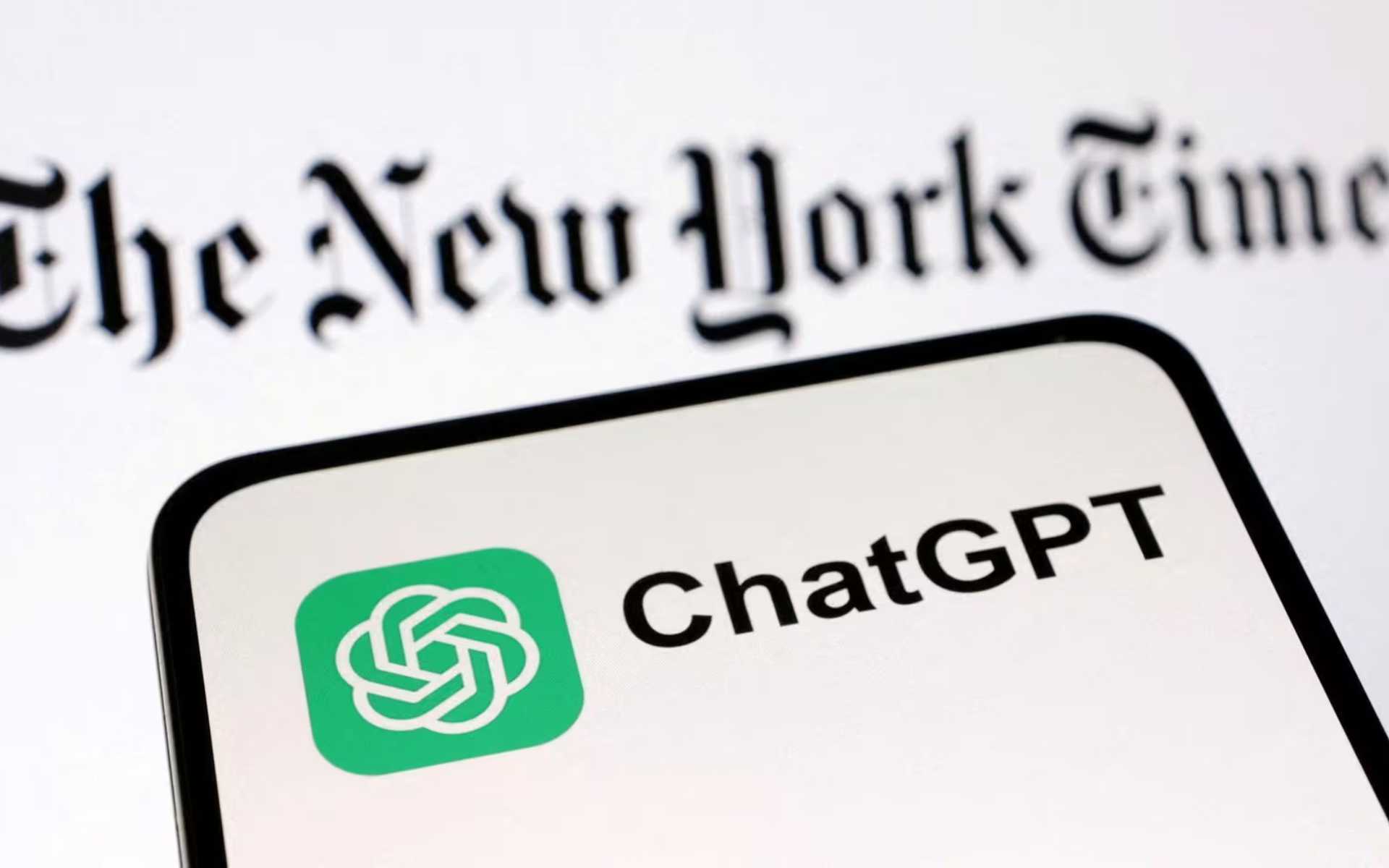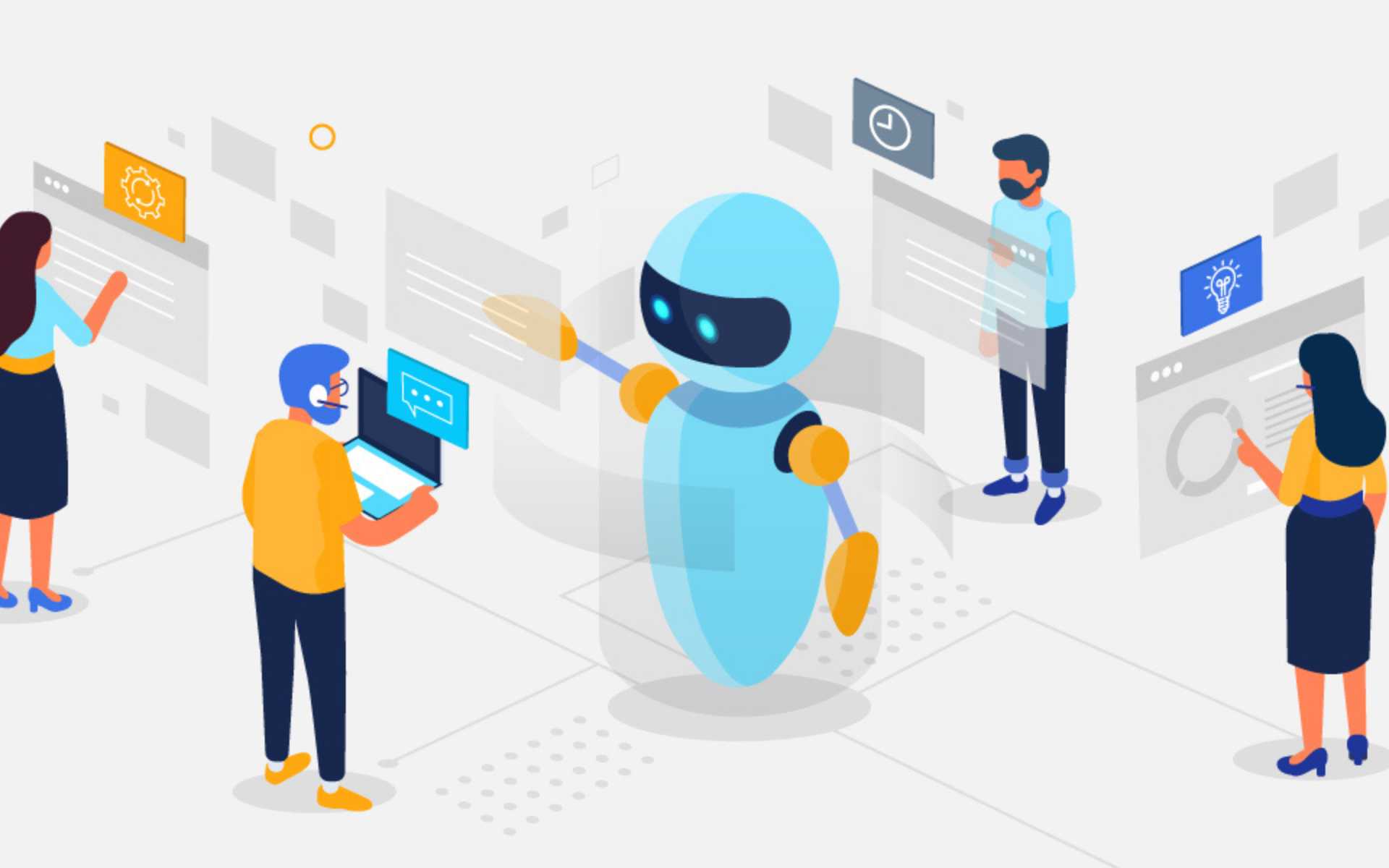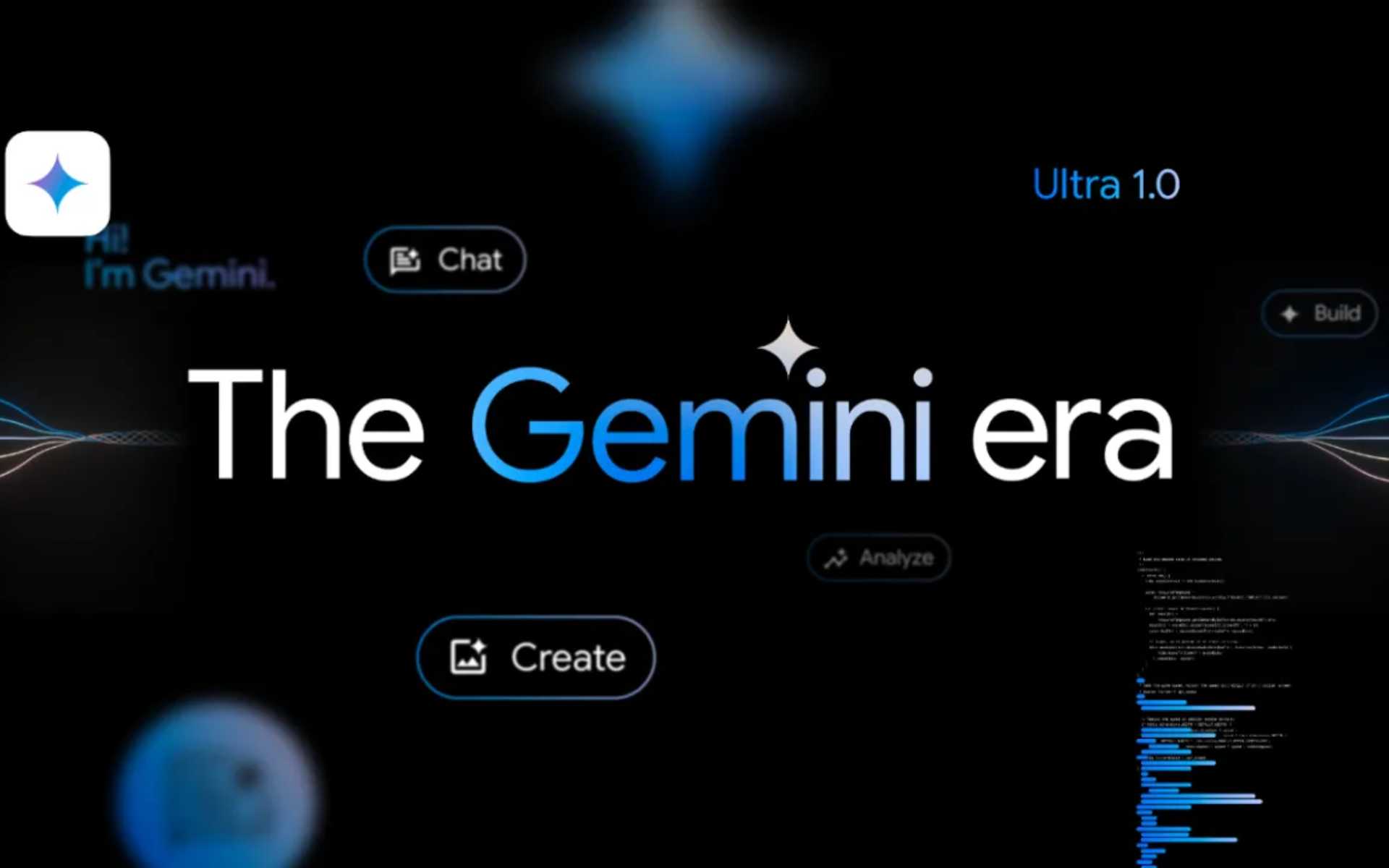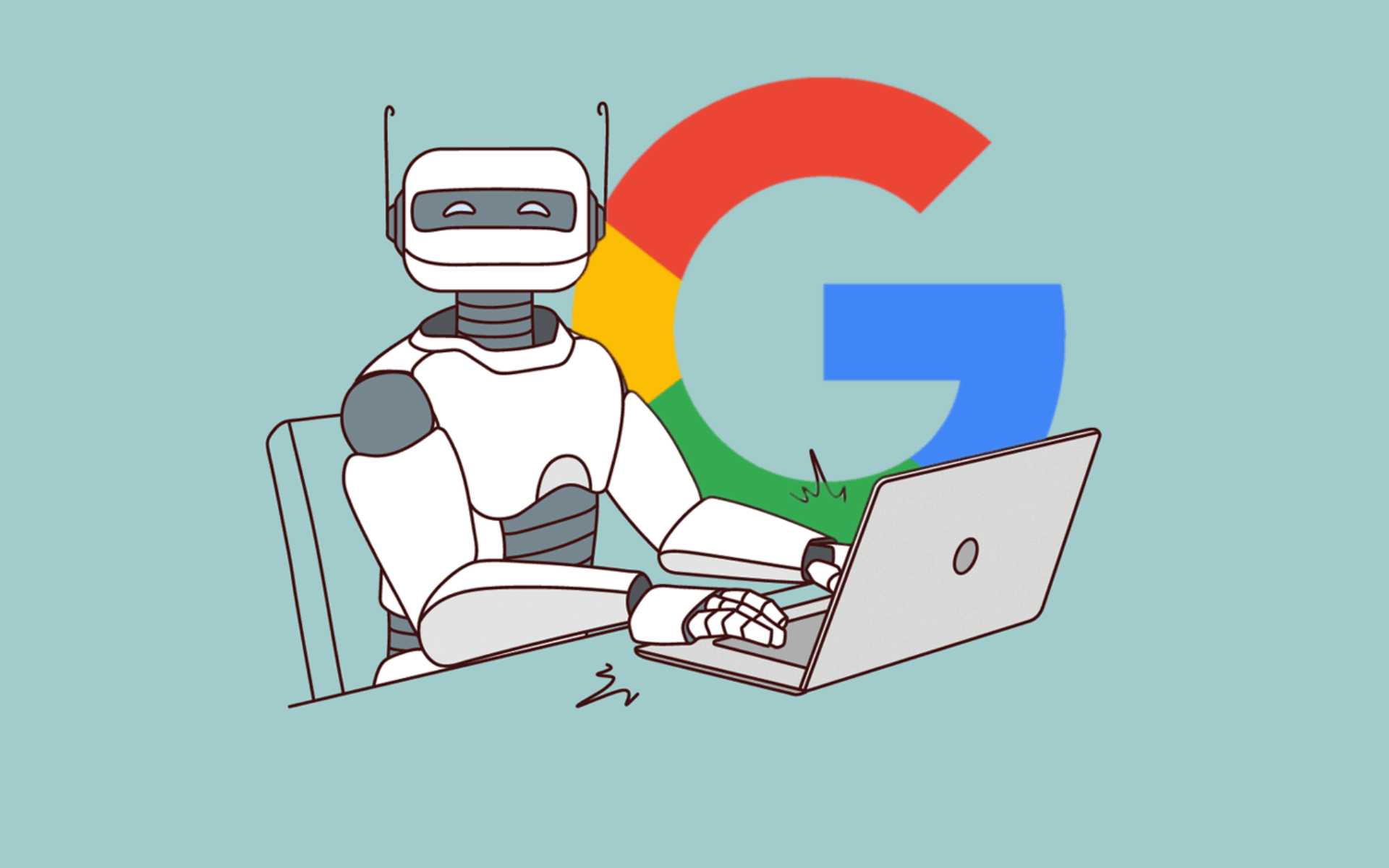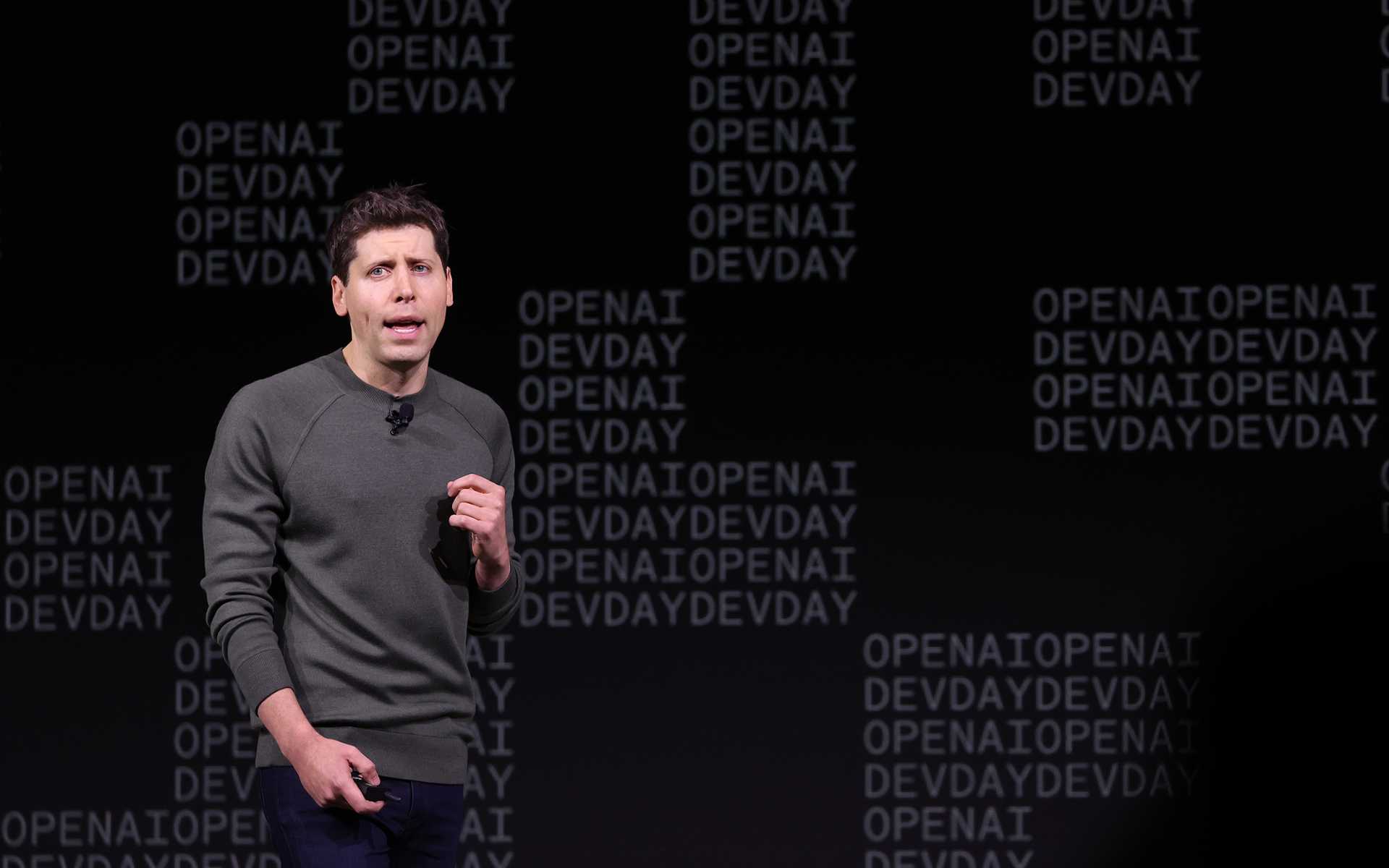Introduction
In a legal drama that underscores the evolving landscape of artificial intelligence (AI) and copyright laws, OpenAI has filed a request for partial or full dismissal of a copyright infringement lawsuit initiated by The New York Times. The crux of OpenAI’s defense revolves around the claim that The New York Times allegedly hired someone to manipulate OpenAI products, thereby fabricating the grounds for the lawsuit.
OpenAI's Request for Dismissal
OpenAI has formally requested the court to dismiss four counts in The New York Times’ lawsuit. Central to this dismissal is OpenAI’s accusation that the media outlet engaged in hiring an individual to “hack” OpenAI’s products in a manner inconsistent with normal usage and in violation of terms of use.
Allegations Against The New York Times
OpenAI contends that The New York Times resorted to extraordinary measures, paying an individual to exploit a bug in OpenAI’s products. The alleged “hack” involved tens of thousands of attempts and the use of deceptive prompts that OpenAI asserts blatantly violated its terms of use. OpenAI claims that these efforts were aimed at generating highly anomalous results, as presented in Exhibit J to the Complaint.
Extraordinary Steps Taken
OpenAI asserts that The New York Times took steps far removed from standard usage of its products. They argue that the methods employed by the media outlet were abnormal and designed to extract “verbatim passages” from The New York Times, even providing specific text portions for OpenAI to reproduce.

Challenging The Threat Narrative
OpenAI challenges The New York Times’ narrative that the news industry is under threat from AI, describing it as “pure fiction.” The claim is that normal users do not engage with OpenAI’s products in the manner suggested by The New York Times. OpenAI contends that the alleged orchestrated attacks using a hired individual do not reflect the broader public’s interaction with AI technology.
Monopolizing Facts and Language Rules
OpenAI’s legal filing implies that The New York Times seeks to “monopolize facts” and the “rules of language.” This references the argument that using text data to train AI models, leading to the generation of new content, constitutes a transformative use and does not infringe on copyright.
Implications for AI and Copyright Laws
The legal battle between OpenAI and The New York Times raises important questions about the status quo for AI and copyright laws. With the principle of transformative use gaining significance, the outcome of this case could set a precedent for future disputes involving AI-generated content.
Transformative Use Principle
The Electronic Frontier Foundation emphasizes the legal favoritism toward “transformative” uses, where the application of copyrighted material results in new meaning or repurposing. Even placing a part of an existing work in a new context is considered transformative.
Conclusion
As the legal proceedings unfold, the clash between OpenAI and The New York Times offers a glimpse into the complex intersection of AI technology and copyright laws. The outcome could shape the legal landscape for artists, AI developers, and media organizations, influencing the interpretation of transformative use in the context of AI-generated content.
